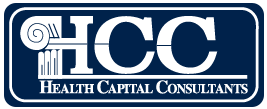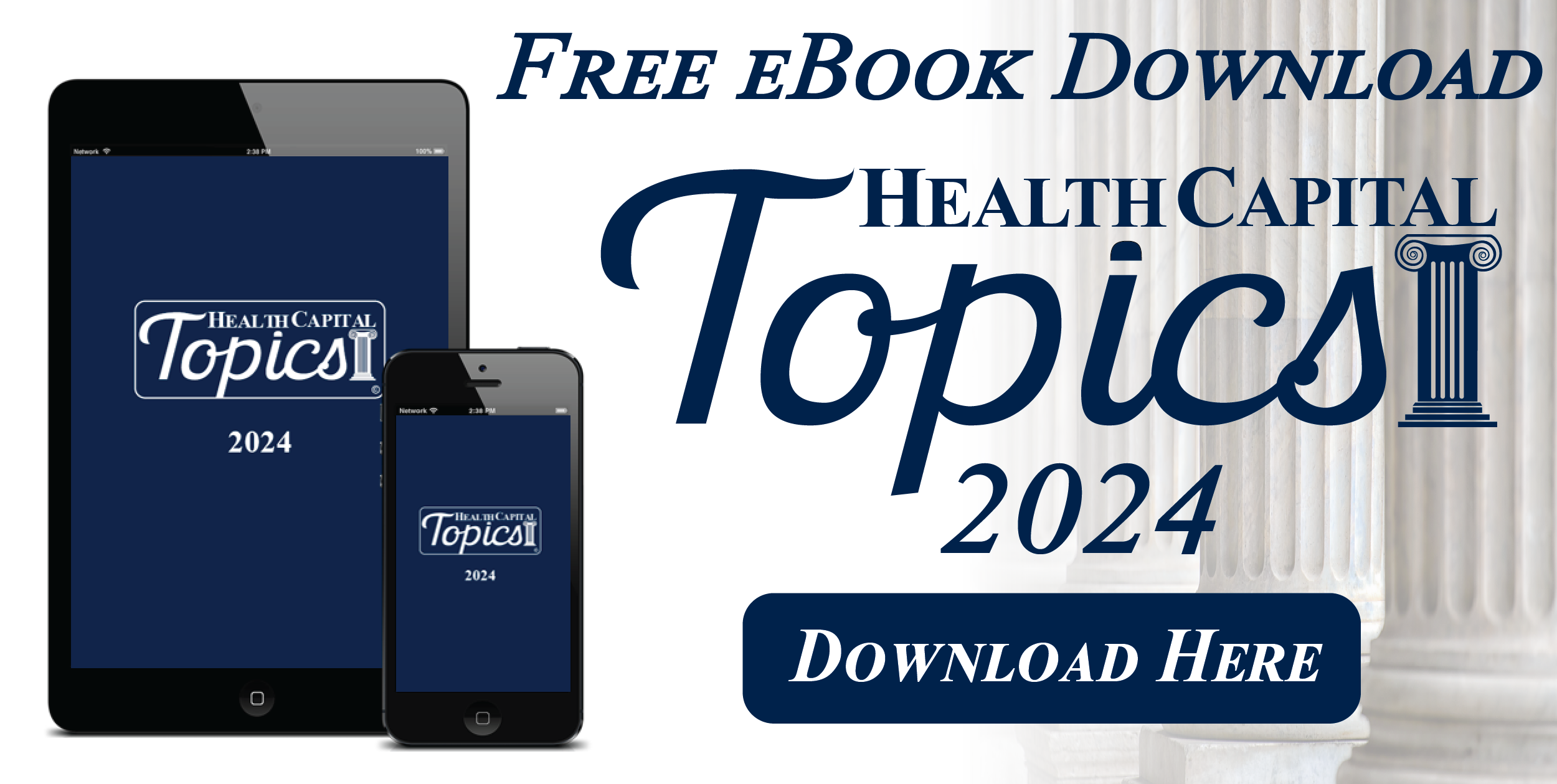Cardiovascular service providers face a range of federal and state legal and regulatory constraints, which affect their formation, operation, procedural coding and billing, and transactions. Fraud and abuse laws, specifically those related to the federal Anti-Kickback Statute (AKS) and physician self-referral laws (the “Stark Law”), may have the greatest impact on the operations of healthcare providers.
The AKS and Stark Law are generally concerned with the same issue – the financial motivation behind patient referrals. However, while the AKS is broadly applied to payments between providers or suppliers in the healthcare industry and relates to any item or service that may be paid for under any federal healthcare program, the Stark Law specifically addresses the referrals from physicians to entities with which the physician has a financial relationship for the provision of defined services that are paid for by the Medicare program.1 Additionally, while violation of the Stark Law carries only civil penalties, violation of the AKS carries both criminal and civil penalties.2
Anti-Kickback Statute
The federal AKS makes it a felony for any person to “knowingly and willfully” solicit or receive, or to offer or pay, any “remuneration”, directly or indirectly, in exchange for the referral of a patient for a healthcare service paid for by a federal healthcare program,3 even if only one purpose of the arrangement in question is to offer remuneration deemed illegal under the AKS.4 Notably, a person need not have actual knowledge of the AKS or specific intent to commit a violation of the AKS for the government to prove a kickback violation,5 only an awareness that the conduct in question is “generally unlawful.”6 Further, a violation of the AKS is sufficient to state a claim under the False Claims Act (FCA).7
Criminal violations of the AKS are punishable by up to ten years in prison, criminal fines up to $100,000, or both, and civil violations can result in administrative penalties, including exclusion from federal healthcare programs, and civil monetary penalties plus treble damages (or three times the illegal remuneration).8 In addition to the civil monetary penalties paid under the AKS, if the AKS violation triggers liability under the FCA, defendants can incur additional civil monetary penalties of $13,508 to $27,018 per violation, plus treble damages.9
Due to the broad nature of the AKS, legitimate business arrangements may appear to be prohibited.10 In response to these concerns, Congress created a number of statutory exceptions and delegated authority to HHS to protect certain business arrangements by means of promulgating several safe harbors.11 These safe harbors set out regulatory criteria that, if met, shield an arrangement from regulatory liability, and are meant to protect transactional arrangements unlikely to result in fraud or abuse.12 Failure to meet all of the requirements of a safe harbor does not necessarily render an arrangement illegal.13 It should be noted that, in order for a payment to meet the requirements of many AKS safe harbors, the compensation must not exceed the range of fair market value.
The HHS Office of Inspector General (OIG) made several revisions to the AKS in 2020, many of which are similar to those revisions to the Stark Law made by CMS, as discussed below.14 Among the more notable revisions are new safe harbors for value-based arrangements (the safe harbor requirements for which arrangements lessen as the participants take on more financial risk) and revisions to existing safe harbors.15
Stark Law
The Stark Law prohibits physicians from referring Medicare patients to entities with which the physicians or their family members have a financial relationship for the provision of designated health services (DHS).16 Further, when a prohibited referral occurs, entities may not bill for services resulting from the prohibited referral.17 Under the Stark Law, DHS include, but are not limited to, the following:
Inpatient and outpatient hospital services;
Radiology and certain other imaging services;
Radiation therapy services and supplies;
Certain therapy services, such as physical therapy;
Durable medical equipment; and,
Outpatient prescription drugs.
18
Under the Stark Law, financial relationships include ownership interests through equity, debt, other means, and ownership interests in entities that also have an ownership interest in the entity providing DHS.19 Additionally, financial relationships include compensation arrangements, which are defined as arrangements between physicians and entities involving any remuneration, directly or indirectly, in cash or in kind.20
Civil penalties under the Stark Law include overpayment or refund obligations, a potential civil monetary penalty of $15,000 for each service, plus treble damages, and exclusion from Medicare and Medicaid programs.21 Further, similar to the AKS, violation of the Stark Law can also trigger a violation of the FCA.22
Notably, the Stark Law contains a large number of exceptions, which describe ownership interests, compensation arrangements, and forms of remuneration to which the Stark Law does not apply.23 Similar to the AKS safe harbors, without these exceptions, the Stark Law may prohibit legitimate business arrangements. It must be noted that in order to meet the requirements of many exceptions related to compensation between physicians and other entities, compensation must: (1) not exceed the range of fair market value; (2) not take into account the volume or value of referrals generated by the compensated physician; and, (3) be commercially reasonable. Unlike the AKS safe harbors, an arrangement must fully fall within one of the exceptions in order to be shielded from enforcement of the Stark Law.24
As noted above, CMS made a number of revisions to the Stark Law in December 2020, including:
Revised definitions for Fair Market Value, General Market Value, and Commercial Reasonableness; and,
New permanent exceptions for value-based arrangements.
25
Importantly, the new value-based arrangements exceptions protect the following arrangements:
Full Financial Risk Arrangements: Includes capitated payments and predetermined rates or a global budget;
Value-Based Arrangements with Meaningful Downside Financial Risk: Where a physician pays no less than 25% of the value of the remuneration the physician receives when he or she does not meet pre-determined benchmarks; and,
Value-Based Arrangements: Applies regardless of risk level to encourage physicians to enter value-based arrangements, even if they only assume upside risk.
26
It is important to note that, the regulatory scrutiny of healthcare entities (especially with regard to fraud and abuse violations) has generally increased over the past decade. Therefore, under current regulation, the severe penalties that may be levied against healthcare providers under the AKS, the Stark Law, and/or the FCA will likely raise a hypothetical employer’s estimate of the risk related to the value of the subject cardiovascular services.
“Comparison of the Anti-Kickback Statute and Stark Law” Health Care Fraud Prevention and Enforcement Action Team (HEAT) Office of Inspector General (OIG), https://oig.hhs.gov/documents/provider-compliance-training/939/StarkandAKSChartHandout508.pdf (Accessed 9/27/23).
“Criminal Penalties for Acts Involving Federal Health Care Programs” 42 USC § 1320a-7b(b)(1).
“Re: OIG Advisory Opinion No. 15-10” By Gregory E. Demske, Chief Counsel to the Inspector General, Letter to [Name Redacted], July 28, 2015, https://oig.hhs.gov/fraud/docs/advisoryopinions/2015/AdvOpn15-10.pdf (Accessed 9/27/23), p. 4-5; “U.S. v. Greber” 760 F.2d 68, 69 (3d. Cir. 1985).
“Patient Protection and Affordable Care Act” Pub. L. No. 111-148, §§ 6402, 10606, 124 Stat. 119, 759, 1008 (March 23, 2010).
“Health Care Fraud and Abuse Laws Affecting Medicare and Medicaid: An Overview” By Jennifer A. Staman, Congressional Research Service, September 8, 2014, https://www.fas.org/sgp/crs/misc/RS22743.pdf (Accessed 9/27/23), p. 5.
“Health Care Reform: Substantial Fraud and Abuse and Program Integrity Measures Enacted” McDermott Will & Emery, April 12, 2010, p. 3; “Patient Protection and Affordable Care Act” Pub. L. No. 111-148, § 6402, 124 Stat. 119, 759 (March 23, 2010).
42 USC § 1320a-7b(b)(1); “Civil Monetary Penalties” 42 USC § 1320a-7a(a).
“False claims” 31 USC § 3729(a)(1)(G); “Civil Monetary Penalties Inflation Adjustments for 2023” Federal Register, Vol. 88, No. 19 (January 30, 2023), p. 5777.
“Re: OIG Advisory Opinion No. 15-10” By Gregory E. Demske, Chief Counsel to the Inspector General, Letter to [Name Redacted], July 28, 2015, https://oig.hhs.gov/fraud/docs/advisoryopinions/2015/AdvOpn15-10.pdf (Accessed 9/27/23), p. 5.
“Medicare and State Health Care Programs: Fraud and Abuse; Clarification of the Initial OIG Safe Harbor Provisions and Establishment of Additional Safe Harbor Provisions Under the Anti-Kickback Statute; Final Rule” Federal Register Vol. 64, No. 223 (November 19, 1999), p. 63518, 63520.
“Re: Malpractice Insurance Assistance” By Lewis Morris, Chief Counsel to the Inspector General, United States Department of Health and Human Services, Letter to [Name redacted], January 15, 2003, https://oig.hhs.gov/fraud/docs/alertsandbulletins/malpracticeprogram.pdf (Accessed 9/27/23), p. 1.
“Medicare and State Health Care Programs: Fraud and Abuse; Revisions to Safe Harbors Under the Anti-Kickback Statute, and Civil Monetary Penalty Rules Regarding Beneficiary Inducements” Federal Register, Vol. 85, No. 232 (December 2, 2020), p. 77814-77815.
“CRS Report for Congress: Medicare: Physician Self-Referral (“Stark I and II”)” By Jennifer O’Sullivan, Congressional Research Service, The Library of Congress, July 27, 2004, available at: http://www.policyarchive.org/handle/10207/bitstreams/2137.pdf (Accessed 9/27/23); “Limitation on certain physician referrals” 42 USC § 1395nn.
42 USC § 1395nn(a)(1)(A).
42 USC § 1395nn(a)(1)(B); “Definitions” 42 CFR § 411.351 (2015). Note the distinction in 42 CFR § 411.351 regarding what services are included as DHS: “Except as otherwise noted in this subpart, the term ‘designated health services’ or DHS means only DHS payable, in whole or in part, by Medicare. DHS do not include services that are reimbursed by Medicare as part of a composite rate (for example, SNF Part A payments or ASC services identified at §416.164(a)), except to the extent that services listed in paragraphs (1)(i) through (1)(x) of this definition are themselves payable through a composite rate (for example, all services provided as home health services or inpatient and outpatient hospital services are DHS).”
“Comparison of the Anti-Kickback Statute and Stark Law” Health Care Fraud Prevention and Enforcement Action Team (HEAT) Office of Inspector General (OIG), https://oig.hhs.gov/documents/provider-compliance-training/939/StarkandAKSChartHandout508.pdf (Accessed 9/27/23).
“Comparison of the Anti-Kickback Statute and Stark Law” Health Care Fraud Prevention and Enforcement Action Team (HEAT) Office of Inspector General (OIG), https://oig.hhs.gov/documents/provider-compliance-training/939/StarkandAKSChartHandout508.pdf (Accessed 9/27/23).
“Medicare Program; Modernizing and Clarifying the Physician Self-Referral Regulations” Federal Register, Vol. 85, No. 232 (December 2, 2020), p. 77492.





